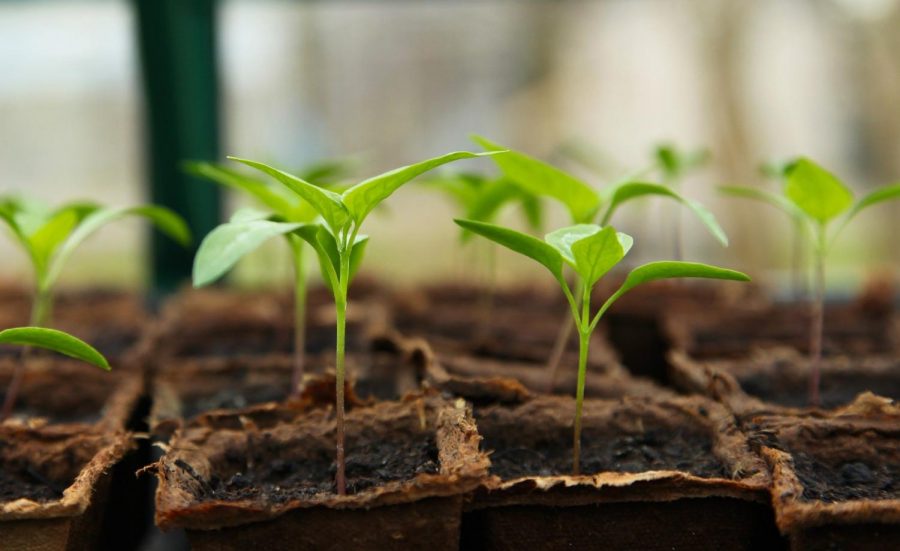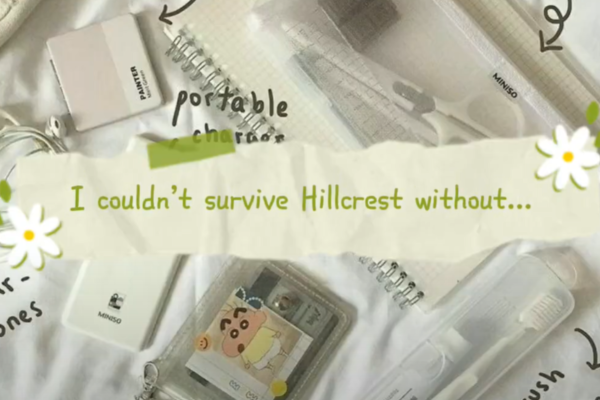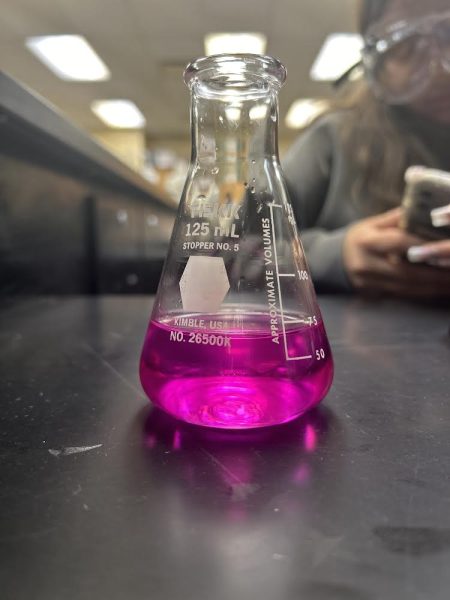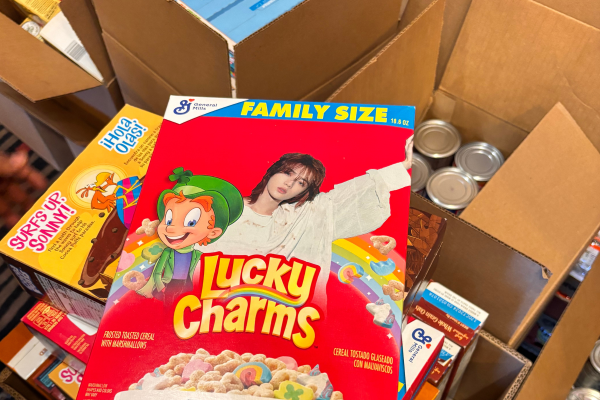Is Gardening an Option for You?
March 21, 2021
The birds are singing, the temperatures are rising, and the trees are forming their buds. Finally at last, spring is here after all the polar vortex and all those inches of snow. If you are looking for something to do over this spring break, you may consider gardening as an option. There are multiple benefits that some along with gardening. The kind of garden that will be talked about in this article is a vegetable and herb garden.
The first reason why you should choose gardening as an option for this spring break is the health benefits a garden provides. According to aarp.org, tending a garden exposes you to more Vitamin D, decreases your risk of dementia, boosts mood, and gives a great form of aerobic exercise. Exposure to sunlight, along with using sunscreen, exposes you to more UVB rays, which is the wavelength the human body needs to produce Vitamin D. According to the NHS, Vitamin D helps regulate Calcium and Phosphate levels in the body, which in turn, helps keep healthy bones, muscles, and teeth. Underexposure to Vitamin D leads to health complications, rickets and osteoporosis being the most common. Exercise, in general, releases endorphins, which boosts a person’s overall mood, and is a great way to keep the brain healthy which in turn helps reduce the overall risk of developing mental illnesses.
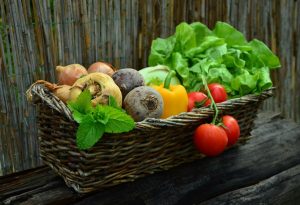
The second reason why you should garden is that the produce you get from your garden is overall better for you than store bought produce. Garden grown vegetables are more nutrient dense, better tasting, and is the freshest way you can get your veggies. In a study comparing the nutritional value of 43 crops from 1950 to 1999 by the USDA found out that modern varieties have fewer nutritional value compared to older varieties except in the case of carrots. The researchers attributed the decline in nutritional value in modern variety to the characteristics of modern varieties. Modern varieties are fast growing and higher yielding, which the researchers believe results in produce that is lower in nutrients.
Along with the nutrient density there is also another factor, the distance the produce travels from farm to stores. After a vegetable or fruit is harvested, the fruit/vegetable starts to undergo the decomposing process. Although the fruit/vegetable will not automatically rot, the bonds of vitamins and other nutrients in the fruit/ vegetable start to weaken which in turn reduces the overall quality of the fruit/vegetable. Also, the quality of the produce depends on the environment the crop is grown in. Poor soil or the wrong soil pH level also affect the nutrient content of the produce as well as with what other plants the crops are grown with.
When growing plants, each plant has friends and foes. A plant’s foe can be an insect or a plant and a plant’s friend can also be an insect or a plant. For example, growing mints has lots of benefits for people and can also help ward off the pests of other plants. However, mint is an invasive plant. Mint is best to be grown in a pot or in space in your garden that is far from your other plants. According to The Old Farmer’s Almanac, growing certain plants together helps deter unwanted pests from munching on your garden, attracts beneficial organisms to your plants, regulates shade for your plants, suppresses weeds, improves plant growth, and improves soil fertility. All of these things help you avoid using any pesticides or planticides, which both are harmful for the environment. Growing plants in this way improves the overall nutritional content and quality of the produce.



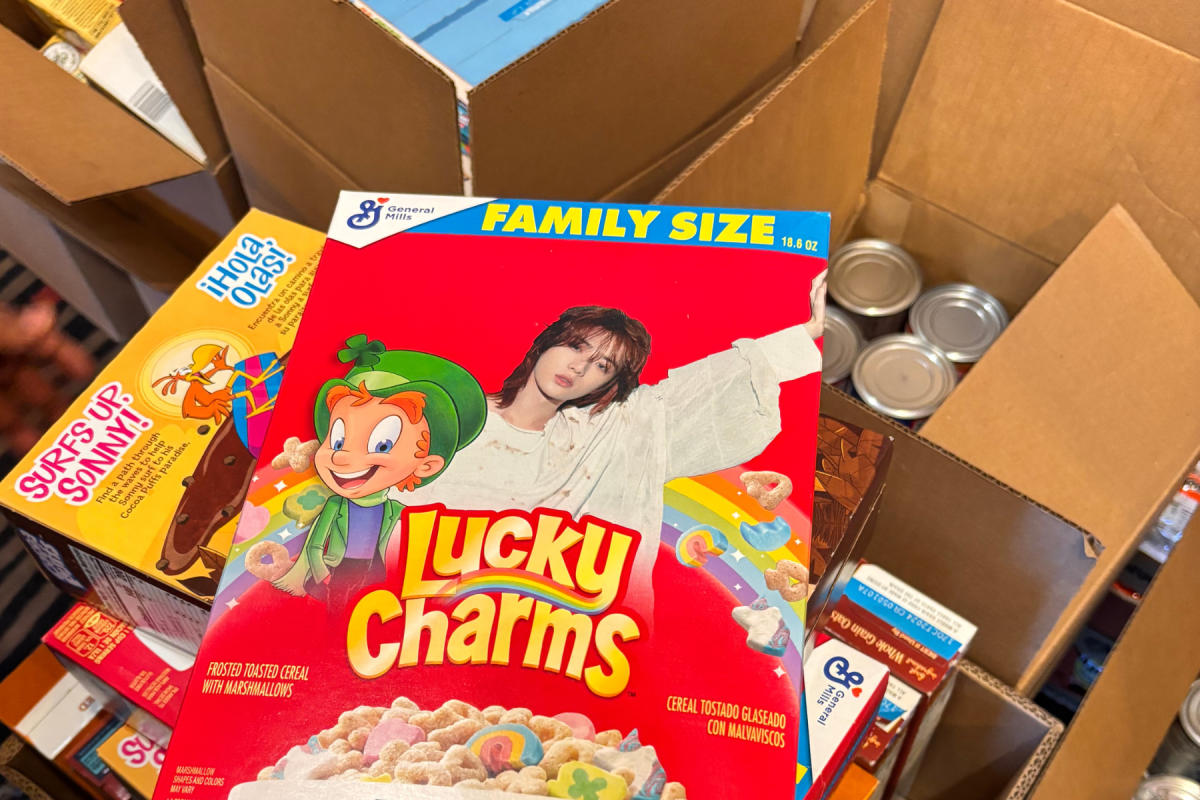


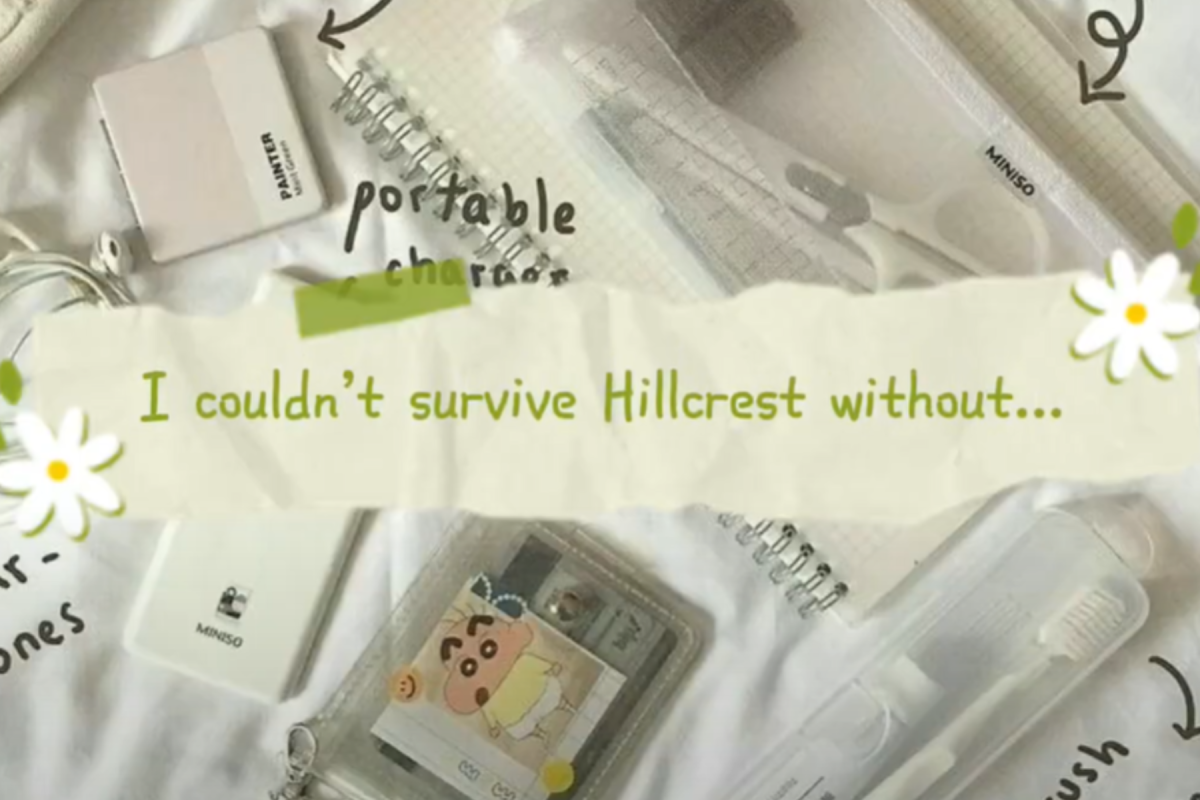
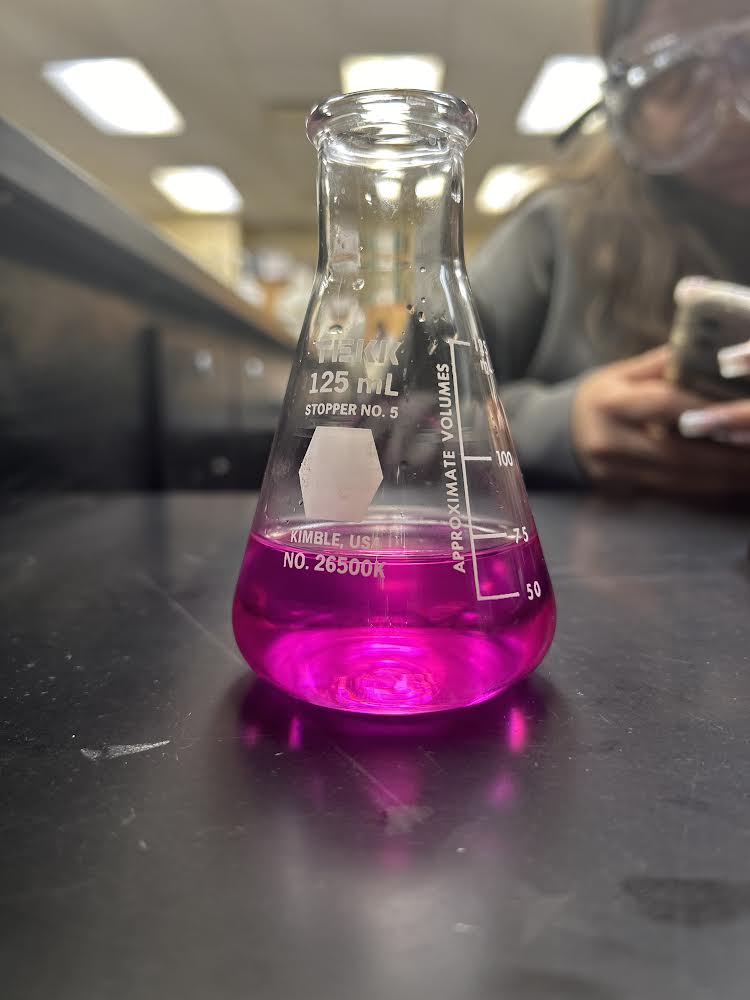



![Princess Peach Showtime! [My Take]](https://hillcresthawkeye.com/wp-content/uploads/2024/05/princess-peach-showtime-1200x675.webp)

















